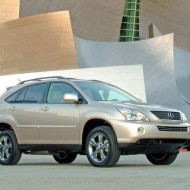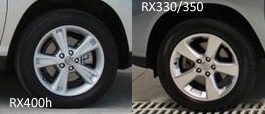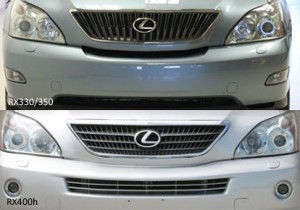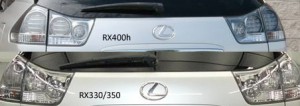Audi A4 1.8T Minutiae
Posted by Doug DeMuro in Minutiae of the Minute on | 3 comments
I come to you today with a piece of minutiae that’s very minute, even for PlaysWithCars. It’s not taillight changes, bumper design, or exhaust pipes. It’s not even wheels. It’s a one-inch red stripe.
Behold, the original Audi A4. You probably remember this car, since every previous Audi was unreliable crap, and every Audi since has been unreliable crap with cool headlights. Just kidding, it’s not just the lights: they also have the continuously-variable automatic transmission. It’s a wonder this brand doesn’t outsell BMW.
Anyway, back to the A4. US models came out in 1996, and the lineup expanded the following year to include a turbocharged 1.8-liter four-cylinder model, called the “1.8T.” There was nothing remarkable about the 1.8T, except that – at 150hp and 155 lb-ft – it was quite a bit underpowered. But the drivers didn’t mind, since it had no trouble shuttling between baby showers, bachelorette parties, shopping malls, and yoga classes.
Regardless, Audi boosted the 1.8T’s numbers slightly in its final year on the market, increasing horsepower by 20 to 170 and torque by 11 to 166 lb-ft. I have no idea how this was achieved, though Audi probably explained it in a 900-word press release, quoting a German engineer who used phrases like “we massaged the headers.”
Rather than advertise the horsepower increase, Audi decided to be subtle. The only way a 2001 A4 1.8T can be told from its less powerful 1997-2000 brethren is a tiny red line, one inch high and a few millimeters wide, placed directly next to the “T” in the rear 1.8T badge.
Now that’s minutiae.
Lexus RX Hybrid Minutiae
Posted by Doug DeMuro in Minutiae of the Minute on | 0 comments
While several automakers sell hybrid versions of their traditional models, the Minutiae of the Minute team (i.e. me and the neighbors who unknowingly supply me with Internet) especially likes the 2004-2009 Lexus RX.
In an attempt to distinguish the RX 400h hybrid from the standard RX, Lexus made many subtle exterior revisions to help owners show off their hybrid status – but nearly all were minor, tiny, and virtually invisible to most consumers. So if you’ve ever wanted to know if your Limousine Liberal neighbor is actually saving the environment or just driving a gas-guzzling SUV, here are some sure-fire ways to tell.
Badging: These days, Lexus isn’t very subtle with hybrid badging. All models get “HYBRID” in front of the rear wheels, and the Lexus emblems have a blue outline. But the RX 400h was Lexus’s first hybrid model, and they didn’t have their act together back then – so the badging is identical except for an “RX 400h” script where “RX 330” or “RX 350” would be on gas-powered models.
Wheels: The wheels are an easy way to tell an RX 400h from its gas counterparts, but also an easy one to alter. While both models had five-spoke wheels, the RX 400h’s alloys are ridged, giving it a look that was apparently intended to be unique.
Front bumper: The easiest way to distinguish an RX 400h from its RX 330 or 350 counterparts is the front bumpers. First, check the fog lights: the hybrid model’s fog lights are round, while the base cars use a trapezoidal shape. The RX 400h also included a long, horizontal air slot in its front bumper, while the only opening in front of RX 330 and 350 models was their grilles.
Grille: Speaking of grilles, this is yet another area where the RX 330/350 and RX 400h differ ever so subtly. While the hybrid had three horizontal lines in its grille in addition to vertical pieces, the gas-powered models had only vertical slats.
Taillights: Although both the gas-powered ’04-’09 RX models and the hybrid RX 400h used LED taillights, they weren’t quite the same units. The rear lights in the RX 400h gave a slightly more frosted appearance, while the RX 330 and 350’s lights were a bit more shiny and reflective – a fact that’s clearly demonstrated in the photos.
So where did all of these changes get Lexus? The top of the heap among upscale hybrids. Which just goes to show you: if you want your hybrid to sell, make really minor changes so that no one can tell it’s a hybrid. Because people hate showing off their fuel efficient status symbols.




